Description
Full protocol, mainstream open protocols basically support charging current up to 5A, efficiency up to 96%, output power up to 22.5W, efficiency up to 95%, automatic load face detection/light load detection
Support digital tube display and LED power indicator output for overcurrent/short circuit protection Charging timeout/overvoltage protection Supports VOOC and DASH Warp supports PPS/PD3.0/PD2.0 Support QC4+/QC4/QC3.0/QC2.0 support Samsung AFC Support Huawei FCP, SCP (5V4.5A or 4.5V15A) support FCP, SCP, HSCP Support for MediaTek PE2. O/PE1.1 Support for SFCP Charging the battery supports PD3. O/PD2.0, AFCFCP.SCP, PE1.1
Product size. Although small, it is strong
Effort has been put into product design, material usage, and PCB process, enabling this module to achieve considerable parameters and functions in a very small volume. There shouldn’t be anyone in the same price range that can be compared. The module has a relatively small size and limited heat dissipation area. It is a normal phenomenon for high-power output to generate heat. We use high-quality materials and do not have to worry about the impact of heat on lifespan.
Board thickness 6MM, with digital display 8.5MM
After wiring the module, use a multimeter to measure whether the voltage of the B+and B – contacts during charging and discharging is consistent or has a small difference. If the difference is large, there may be a problem with the wiring or the battery aging module input interface.
Key: When pressing briefly, open the Type-C output port of the light load to the outside Discharge and battery level display. When double clicking, close the USB port, Type-C output port, and battery display; If an external power supply is present, only turn off the output port.
Type-C port: supports input and output.
B+: The positive electrode interface of the battery must be welded and the wire must be thick and not too long.
B-: The negative electrode interface of the battery must be welded and the wire must be thick and not too long.
Precautions for use
◆ Upon receiving the motherboard, first connect the charging head for testing, check the LED light status, and confirm that all lights are on before proceeding with assembly. If the LED light is directly connected to the battery without detection, causing the LED light to not light up, don’t mention the quality issue of our board. The board will be tested and shipped out.
◆ For normal applications, the battery must be soldered (twisting the wires will result in insufficient power supply), and if the battery is connected to the motherboard in reverse, it will burn. Be careful. Try to make the lines as thick and short as possible.
The battery and motherboard cables should not be too thin, and should be thicker as much as possible. The fast charging board requires a current of 10A, and non fast charging boards also need a current of 7A. It cannot be too long, the interface needs to be welded.
◆ Batteries can only be connected in parallel (with no limit on the number of parallel connections) and cannot be connected in series. If connected in series, the motherboard will be burned.
Ensure that the battery is in good condition. If the battery is connected, it will be fully charged as soon as it is charged. If the phone is plugged in, it cannot be discharged. Most cases are due to aging and scrapping of the battery.
If the battery comes with a protective board, ensure that the protective current of the board is greater than 7A (the fast charging version requires greater than 10A). Otherwise, remove the protective board, otherwise it may discharge more than one or two amperes and disconnect the output for protection.
The reverse connection of the board must be burned. Burning down the IC will leave traces. This situation only occurs when the connection is reversed. So we will not bear the consequences of the reverse connection. For example, if the protective chip is burned or peeled off, or if the main control chip burns with obvious marks, the burning of the protective chip is 100% a usage issue. Please do not argue at that time. If the battery is connected in reverse, the two insured chips will definitely burn and have obvious marks.
When connecting to the battery, it is necessary to ensure that it is a 3.7V lithium battery and not other batteries. Ensure that the battery is not connected in series, otherwise the voltage connected to the battery terminal is higher than 4.5V, which may burn the board.
◆ All power supplies will generate heat, which is electronic common sense. Everyone’s products are the same. If they do not generate heat, the current will not be limited to 5A. It’s not very impressive to make 10A or 100A? The cost and size of the board are here. This module uses mainstream chips from large manufacturers, with good efficiency and performance. It is safe to use.
◆ The board has a built-in coulomb meter for battery level indication, which may cause inaccurate display when the battery is just connected. The meter supports self-learning function for battery capacity, allowing you to learn the current battery capacity
through multiple complete charging processes. There is no truly full protocol board, it can only be said that the support is relatively comprehensive because the phone is constantly being updated.
Today, the board can support a certain brand series of phones, but tomorrow a new model may upgrade the protocol, resulting in the board not supporting it. For example, Honor phones used to support the 5V4.5A SCP protocol, but the latest phones no longer support it, only supporting the 10V2.5A SCP protocol. So whether it is supported or not, the protocol indicated on the board shall prevail.


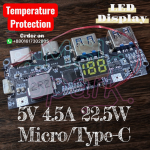
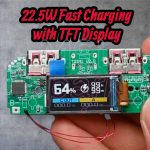
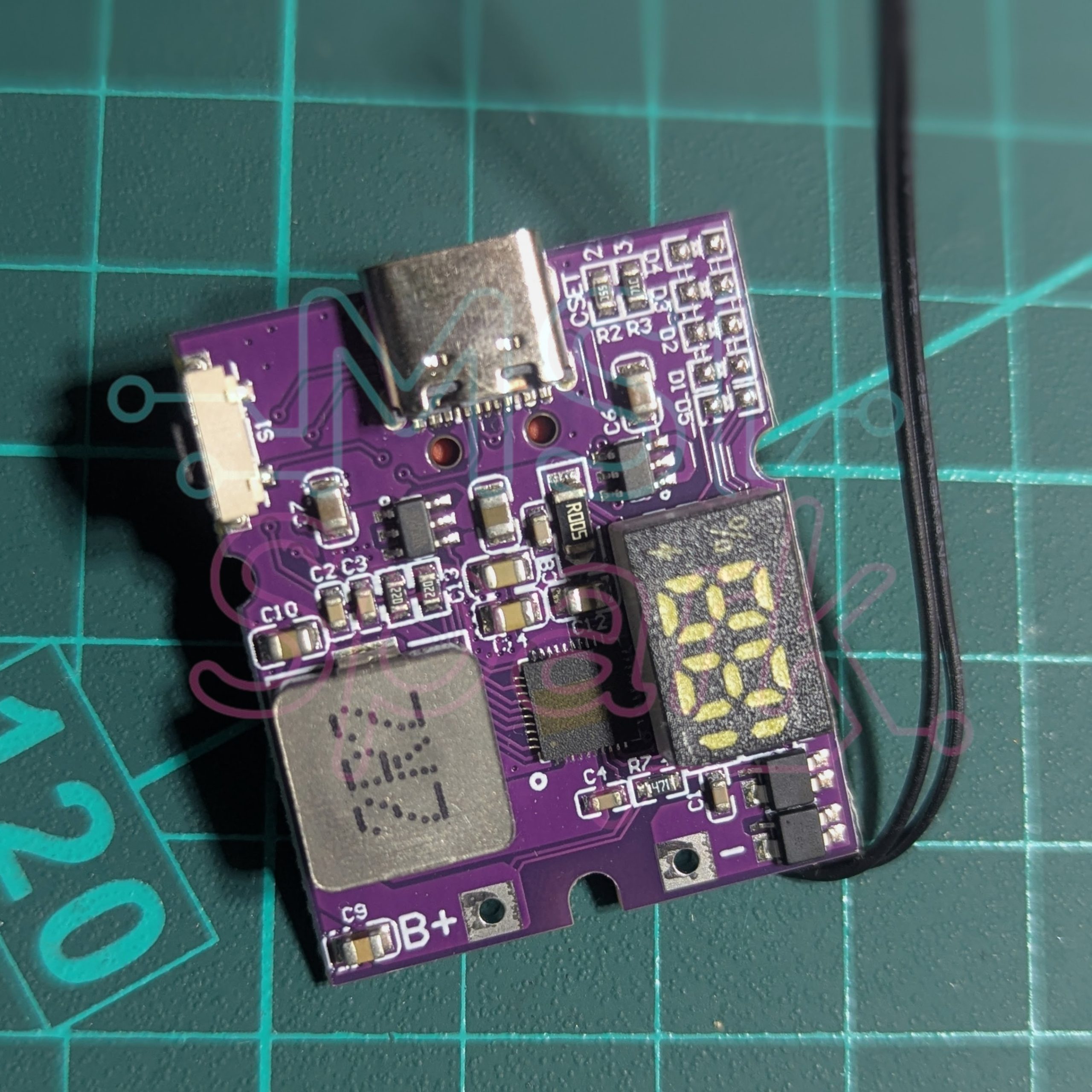

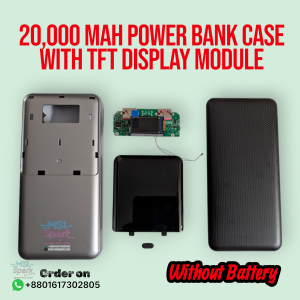
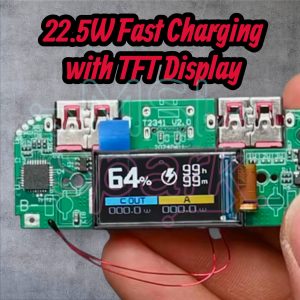
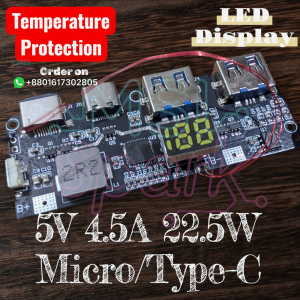
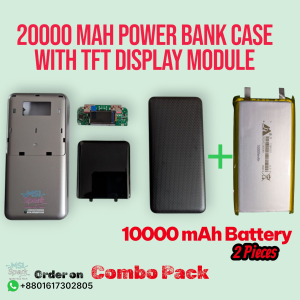
Reviews
There are no reviews yet.